Understanding Fire Ratings of Steel Cladding Finishes: Galvanised vs. Plastisol vs. Polyester Paint

When choosing the right steel cladding for your project, performance and appearance often take centre stage — but fire safety is just as important. At Accord Steel Cladding, we supply a wide range of steel sheeting finishes, each with its own characteristics, durability, and fire performance.
In this post, we’ll take a closer look at the fire ratings of three common finishes we offer: Galvanised, Polyester-painted & Plastisol-coated steel, when used in single skin
Galvanised Steel Cladding
Galvanised steel is simply steel coated with a layer of zinc to protect it from corrosion. Because the coating is metallic, there are no combustible components — which means galvanised steel offers excellent fire resistance.
Fire Rating: Non-combustible
Reaction to Fire Class (EN 13501-1): Class A1
Key Benefit: Does not contribute to the spread of flame or emit toxic smoke.
Galvanised sheets are often chosen for agricultural, industrial, and internal applications where fire resistance and longevity are priorities.
Polyester Paint-Coated Steel Cladding
Polyester paint finishes use an organic paint layer (25μm) applied to galvanised steel. This type of coating is thinner than Plastisol and offers a smooth, decorative finish with good weather resistance.
In fire conditions, the polyester paint layer may burn off, but — as with Plastisol — the steel substrate remains structurally sound and non-combustible.
Reaction to Fire Class (EN 13501-1): Class A1
Key Benefit: Does not contribute to the spread of flame or emit toxic smoke.
Polyester finishes are a great all-round choice for cost-effective, durable, and attractive cladding where a balance of performance and appearance is required.
Plastisol-Coated Steel Cladding
Plastisol finishes are made by coating galvanised steel with a layer (200μm) of PVC (polyvinyl chloride) for added protection and colour. This makes the sheet tougher and more resistant to scratching or corrosion — ideal for external walls and roofs.
However, because the PVC layer is an organic material, it can soften or degrade under high heat. While the steel substrate remains non-combustible, the coating itself can melt or emit smoke if exposed to fire.
Reaction to Fire Class (EN 13501-1): C-s3,d0
Key Consideration: The steel core won’t burn, but the PVC coating can contribute to smoke production under fire conditions.
Plastisol-coated sheets are still widely used thanks to their durability and visual appeal, but care should be taken in applications where fire resistance is critical (for example, near boundary walls or in public-access buildings).
Summary: Comparing Fire Performance
| Finish Type | Reaction to Fire Class (EN 13501-1) | Combustibility | Smoke / Flame Contribution |
|---|---|---|---|
| Galvanised | A1 | None | None |
| Polyester-Coated | A1 | None | None |
| Plastisol-Coated | C-s3,d0 | Limited | Substantial smoke |
Final Thoughts
All steel cladding products supplied by Accord Steel Cladding meet strict quality and performance standards — but when it comes to fire safety, understanding the differences between finishes is key.
If your project requires specific fire certification or compliance with Building Regulations (Approved Document B), our team can advise on suitable products and provide technical data sheets on request.
Need advice on choosing the right finish for your project?
Contact Accord Steel Cladding today — our experienced team is always happy to help with technical queries, samples, and product recommendations.
Notes
The above ratings are based on flat or profiled product used as a single skin (without insulation behind) or backed by mineral wool as part of a built up assembly (which may be a double skin). If the product is profiled, the profiled (corrugated) surface area shall be no more than twice as much as the overall (coverage) area of the product. The mineral wool shall be of at least class A2- s1,d0. The mineral wool shall be of thickness at least 100 mm, unless the material (if any) immediately behind the mineral wool — including any vapour barrier — is of at least class A2-s1,d0. The supporting structure shall be of at least class A2-s1,d0.








